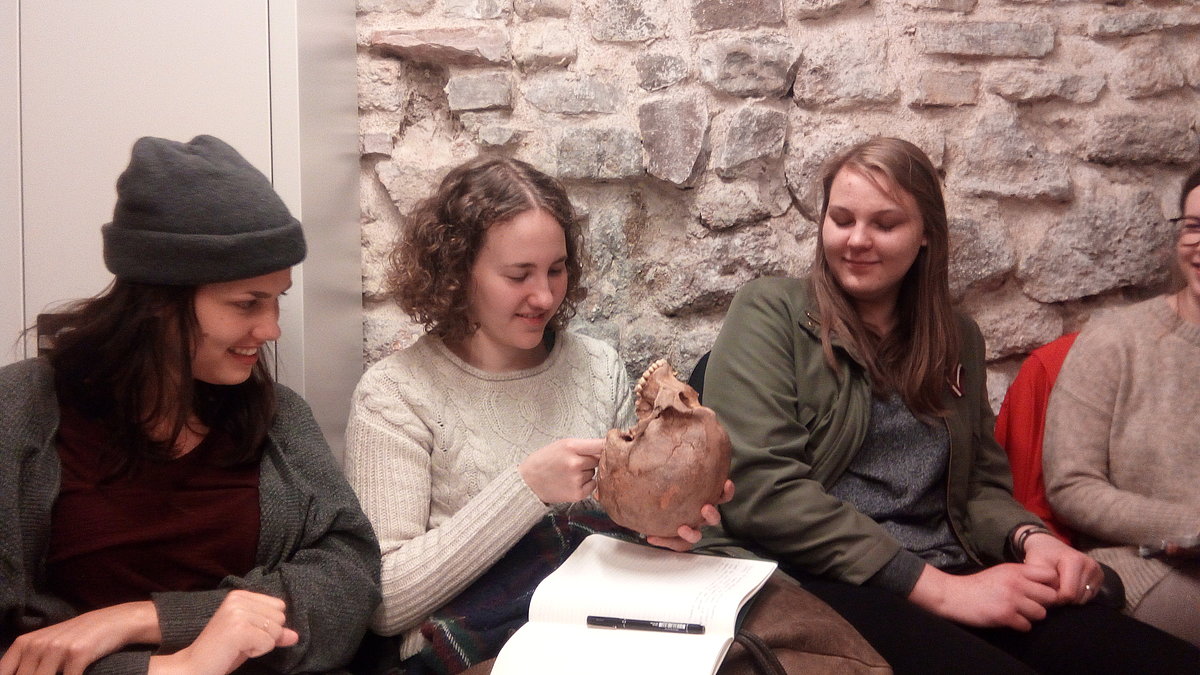
Archaeological insights offer highly valuable contributions to the overall understanding of humans. The archaeological approach offers anthropology more options for data interpretation. This approach is invaluable in the understanding of how the individuals lived and in what environments as well as which patterns or markers tell us that. For instance, studying the teeth of the ancient individuals allows singling out teeth growth arrest and seeing periods of starvation which are very helpful in understanding everyday life of the population.
The lecture did leave me with many impressions about the inhabitants of the Latvian territory. One of them was the fact that there was certain diversity among inhabitants of the Latvian territory. The skulls demonstrated were fragile and different from each other, one of them was very elongated and had a strikingly slim face structure and one seemed to more robust and protruding. The hunter-gatherers and fishermen also had different origins as they were came from West and East.
There have been many differences in the practices and culture of the people that inhabited this territory before compared to current time. For example, the diagrams showing the types of foods and the percentages of their consumption were truly fascinating. The main source of nutrition would come from either fishing, hunting or gathering, and it was very insightful to see in what proportions the different food groups were consumed.
Another aspect that stood out was the characteristics of the life cycle of the oldest inhabitants- mother’s age at first child, average life expectancy and proportion of genders in society. Also the time period necessary for breastfeeding the child in a hunter gatherer society was four years. This number differs greatly the average time period of good breastfeeding practice now.
Lecture was organized as a part of the project at the Bio-archaeological Collection of The Institute of History at the University of Latvia (ZD-2019/ AZ-251)

 Academic Centre
Academic Centre